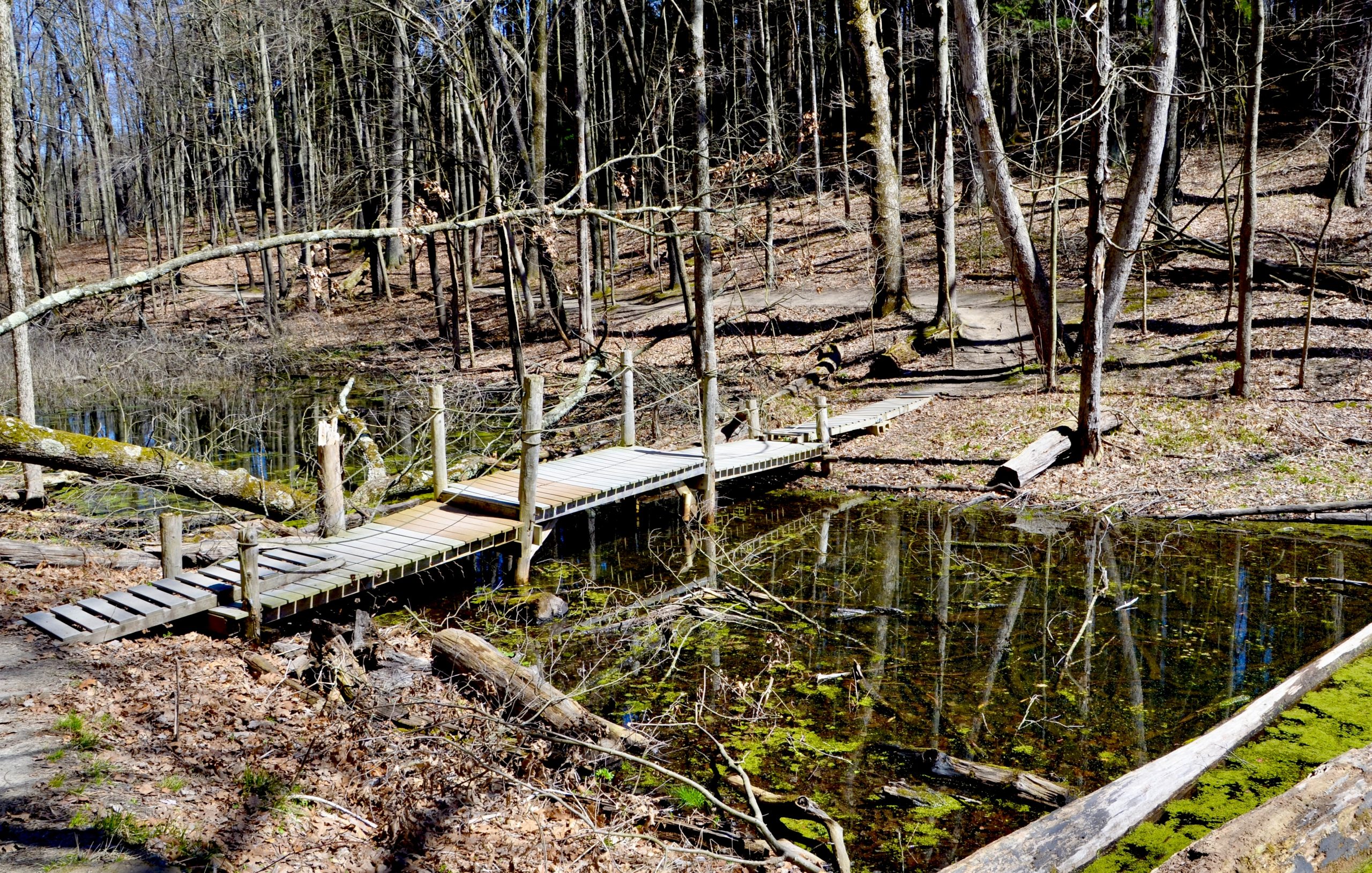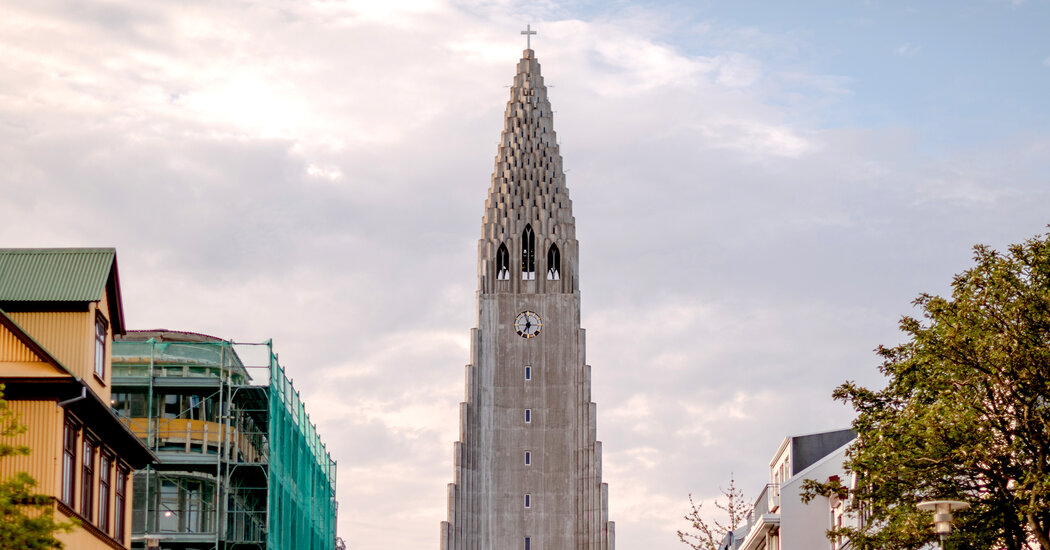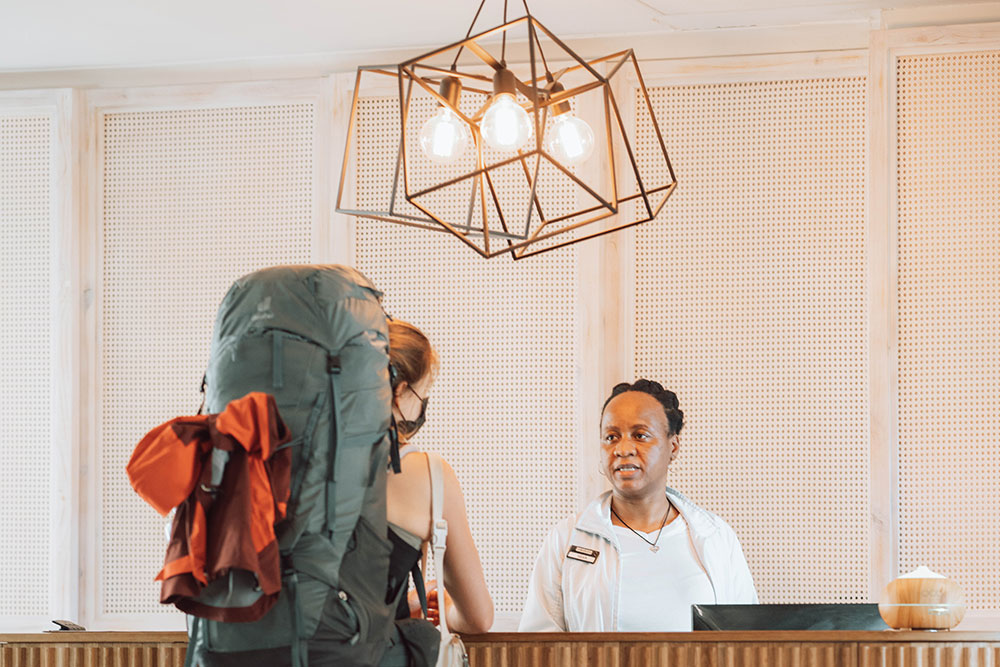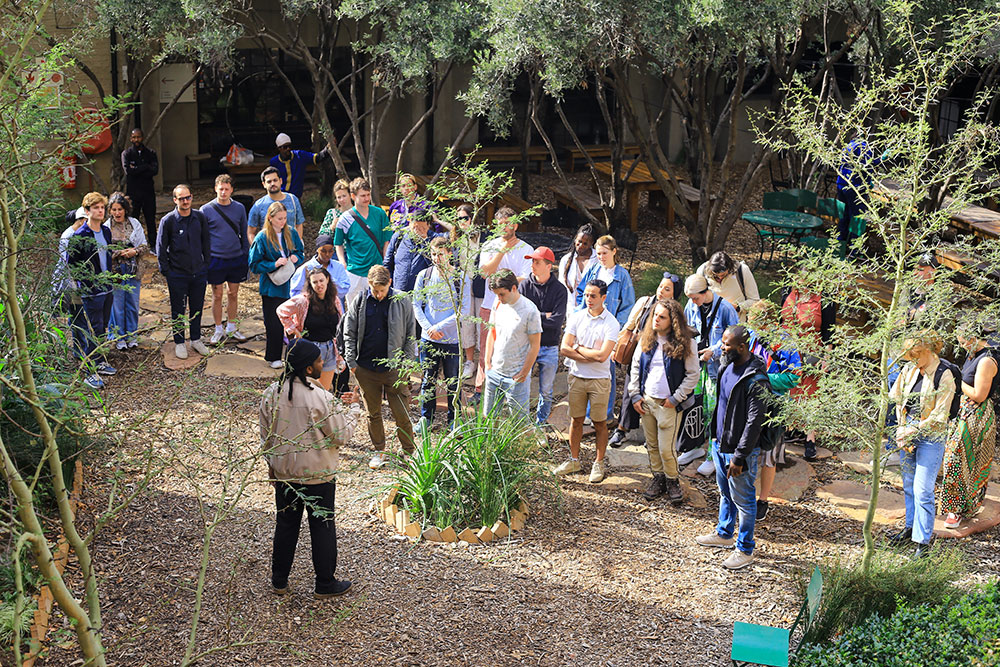Michigan Trail Tuesday: Lillian Anderson Arboretum, Kalamazoo

If you are planning a visit to Cape Point, see the best things to do in Cape Point here.
According to legend, the waters around Cape Point are haunted by the Flying Dutchman, a ghostly ship which is said to be eternally condemned to battle the tempestuous seas. This phantom vessel is reputed to appear out of nowhere, shrouded in a ghostly fog, signalling doom for those who see it. The story is a vivid reminder of the treacherous waters that once tested the mettle of sailors daring to navigate the stormy cape, and it captures the essence of mystery and adventure that defines the tip of the Cape Peninsula.
Cape Point, a jagged peninsula jutting into the Atlantic Ocean, is a treasure trove of natural beauty, historical gems, and breathtaking vistas, located within the Table Mountain National Park near Cape Town. It is a haven for adventurers, nature lovers, and historians. I had last been to Cape Point over 15 years ago, and on my recent visit to Cape Town, I thought that it was high time for another visit.
Stunning ocean views
The scenic coastal drive from the Mother City took an hour, but it being a weekend, there was a long queue at the gate. However, we got in eventually and were compensated almost immediately with stunning views. It was a warm day and the ocean was calm, giving no indication of the troubled waters that once gave the area it’s moniker “The Cape of Storms”.
Here are the 11 best things to do in Cape Point.
1. Ride the Flying Dutchman Funicular to the old lighthouse

Flying Dutchman Funicular
Named after the legendary ghost ship, the Flying Dutchman Funicular transports visitors from the parking area up to the old lighthouse, which was built in 1859. We took the funicular to avoid the steep climb and enjoyed the panoramic views of the surrounding ocean and landscapes, although there are still some steps to conquer once you get to the top. One can also hike up to the lighthouse or take the funicular up and hike down.

The old lighthouse
2. Discover the new lighthouse
Visit the new lighthouse which has been operating since 1919. It is more effective than its predecessor due to its lower location, as the old lighthouse was often covered by clouds. To get there, follow the gated trail from the upper station of the funicular.
3. Explore the shipwreck trails
The shipwreck trails at Cape Point offer a fascinating glimpse into the maritime history of this rugged coastline, which has 26 recorded shipwrecks. While some wrecks can be seen on the trails, others are underwater. One of the most easily accessible wrecks is that of the SS Thomas T. Tucker, which was wrecked in 1942. It can be seen on the Olifantsbos trail, which is a 3 km hike.
4. Encounter diverse wildlife and birdlife

Ostrich on the rocks
Cape Point is a sanctuary for diverse wildlife, including Cape mountain zebras, elands and dassies. The area is also a birdwatching haven, home to over 250 species. We saw antelopes, baboons, ostriches and seals. Be cautious of the baboons though as they pinch food and can get aggressive. Under no circumstances should you feed them.
5 Relax at Dias Beach

Dias Beach
Take a challenging hike to Dias Beach, an isolated stretch of sand surrounded by cliffs. It’s the ideal spot if you’re looking to escape the crowds and enjoy the surf and sun. Other beautiful beaches to visit are Maclear and Platboom beaches.
6. Picnic by the ocean

Baboon at Buffesls Bay
Buffels Bay and Bordjiesrif provide perfect settings for an ocean-side picnic. With tidal pools and braai facilities, they’re great spots for families and groups to spend quality time together.
7. Visit the Buffelsfontein Visitor Centre

Buffelsfontein Visitor Centre
The Buffelsfontein Visitor Centre provides educational, interactive displays about the local flora and fauna, as well as information about the various animal species found in the park.
8. Stand at the Cape of Good Hope

Cape of Good Hope
The Cape of Good Hope is a promontory often mistakenly believed to be the southernmost point of Africa—a title that actually belongs to Cape Agulhas. However, it is the most southwesterly point on the African continent and the farthest part of Cape Town.
It was first rounded by Portuguese explorer Bartolomeu Dias in 1488, who initially named it the Cape of Storms due to the treacherous weather conditions. It was later renamed by King John II of Portugal, who saw the opening of a sea route to India and the East as a great hope for trade expansion, thus calling it the Cape of Good Hope. Be sure to look at the sea from this point as you’re likely to see seals basking on the rocks.

Seals
9. Go whale watching
Spot the majestic whales as they pass Cape Point during their yearly migration, typically occurring from June to October. You may see dolphins too.
10. Discover historical monuments

Skaifes Barn
There are historical monuments scattered around the reserve including pillars in honour of Vasco da Gama and Bartolomeu Dias, as well as bunkers used by the military in WWII and cannons. You can also see Skaifes Barn, which was named after Sydney Harold Skaife, an entomologist who was instrumental in the creation of the nature reserve.
11. Experience the Cape Floral Kingdom
The reserve is part of the Cape Floral Kingdom, a UNESCO World Heritage Site renowned for its extraordinary biodiversity and stunning floral displays. This unique ecosystem is home to thousands of plant species, many of which are found nowhere else on Earth.
Tips for visiting Cape Point Nature Reserve
- Go early.
- Wear comfortable shoes.
- Use sunscreen.
- Take your ID along with you (as South Africans get special pricing).
- Download your free Cape Point Audio Tour before your visit.
- Check the seasonal opening and closing times before you go.
Cape Point Entrance fees
For South Africans
Adults: R100
Children: R50
You will need to show your South African ID.
Flying Dutchman Funicular Prices
Funicular Return Ticket
Adults: R95
Children*: R52
Pensioners**: R52
Funicular One-Way Ticket
Adults: R80
Children*: R45
Pensioners**: R45
For more information, visit Cape Point Nature Reserve.

Publisher: Source link
Latest Posts
-
31 July 2025
-
26 July 2025
-
14 July 2025
-
01 July 2025
-
07 August 2025
-
29 July 2025
-
20 February 2025
-
04 February 2025
Newsletter
Sign up for free and be the first to get notified about new posts.
Get The Best Blog Stories into Your icountox!
Sign up for free and be the first to get notified about new posts.










